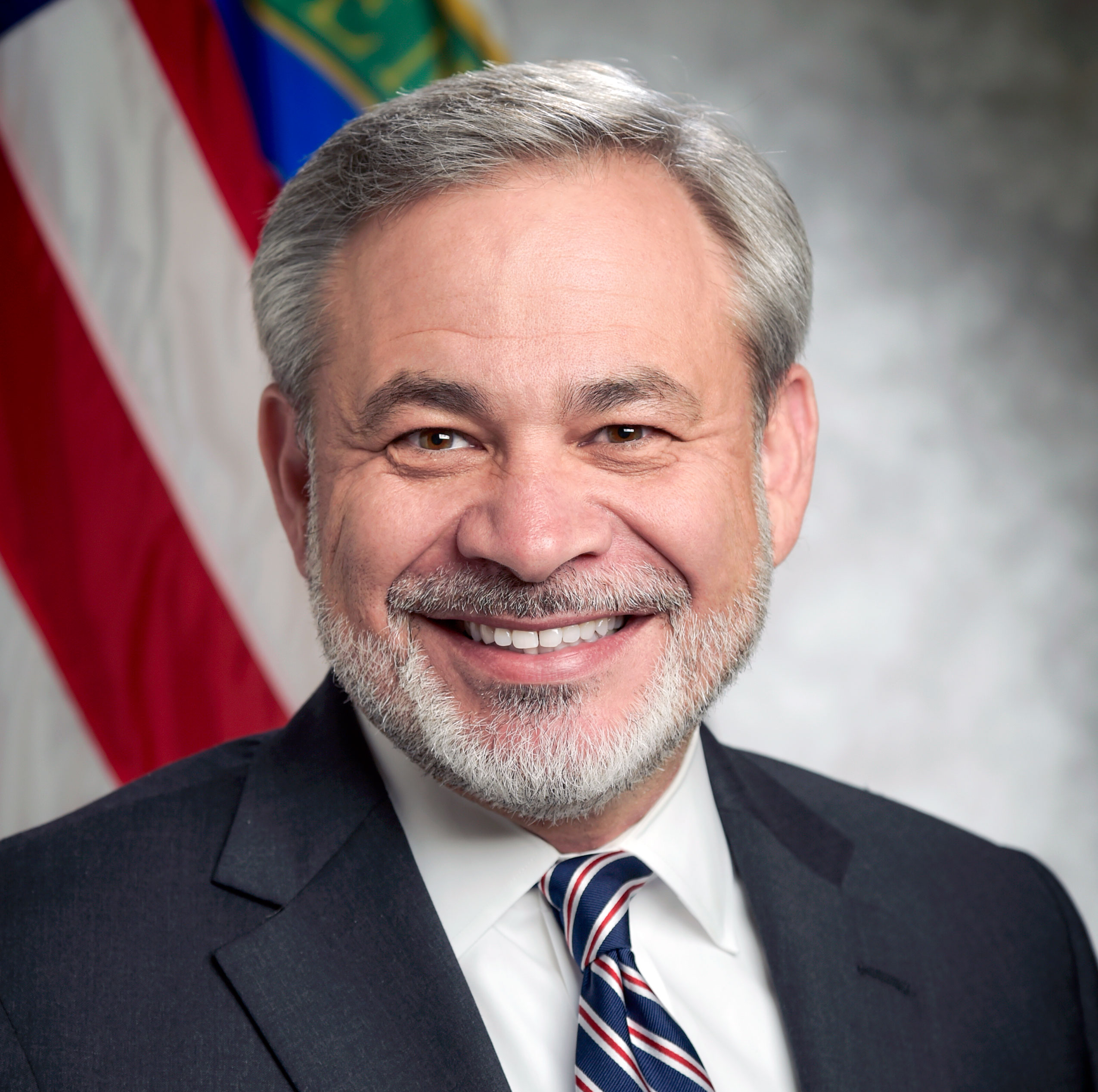New global effort will make sure nuclear has a seat at the table during discussions about innovation and future advanced clean energy systems.
May 21, 2018This week, I have the privilege of traveling to Copenhagen, Denmark to participate in the 9th Clean Energy Ministerial.
This forum brings together the world’s top energy officials to promote and discuss a wide range of policies and programs that will promote the transition to a global clean energy economy.
But frequently the definition of “clean energy,” as Secretary Rick Perry pointed out last year, does not include nuclear energy—the world’s second largest source of low-carbon electricity, following only behind hydropower.
If the world is serious about reducing emissions and growing economies, then the ministerial must consider all options when it comes to carbon-free power, including clean, reliable nuclear energy.
NICE Future Initiative
The United States, Canada, and Japan are launching the Nuclear Innovation: Clean Energy (NICE) Future initiative.
This global effort will make sure nuclear has a seat at the table during discussions about innovation and advanced clean energy systems of the future.
Innovative nuclear systems will play a critical role in world-wide decarbonization, including use in many energy intensive applications such as:
- Desalination
- Industrial process heat
- Integrated nuclear-renewable systems
- Flexible electricity grids
- Hydrogen production
- Energy storage (thermal, electrical, or chemical).
NICE Future is gaining momentum; more than a dozen countries have already expressed interest in joining. It’s time for the rest of the world to join this important initiative.
The Clean Power of Nuclear
There are currently 449 commercial reactors operating in 30 countries around the world. Collectively, these reactors provide nearly 11% of the world’s electricity—all of it being clean and reliable power.

In the United States, our 99 reactors produce 20% of the nation’s electricity and 56% of our total clean energy.
By utilizing our nuclear energy resources, the U.S. also avoided more than 14,000 million metric tons of carbon dioxide emissions between 1995 and 2016. That’s the equivalent of removing 3 billion cars from the road.
All the more reason nuclear should have a seat at the clean energy table.
The Power of Collaboration
The Trump Administration takes an all of the above approach to energy, and when we say “all-of-the-above” we mean it.
As Secretary Perry has stated, we don’t have to choose between boosting our economy or protecting our environment. We can achieve both.
We can do this by utilizing ALL of our energy assets. This approach drives innovation, spurs our economies, and protects the environment.
Nuclear energy has demonstrated itself time and time again as a clean, reliable, and resilient source of electricity. Having nuclear included in the Clean Energy Ministerial will spur even greater support for this technology, and help provide its benefits to our allies around the world.
We must work together to make sure ALL clean and innovative technologies are a part of an emission-free future. We must work together to have a NICE Future.
Learn more about the NICE Future initiative.
Dan Brouillette
Dan Brouillette, Former Secretary of the U.S. Department of Energy

Dan Brouillette served as the 15th Secretary of the U.S. Department of Energy. Secretary Brouillette has three decades of experience in both the public and private sector. Most recently he was the Deputy Secretary of Energy.
He also served as the Senior Vice President and head of public policy for USAA, the Nation’s leading provider of financial services to the military community. Before joining USAA, Secretary Brouillette was a Vice President of Ford Motor Company, where he led the automaker’s domestic policy teams and served on its North American Operating Committee.
At Ford and USAA, he was part of senior management teams that helped bring to market innovative technologies like auto collision avoidance and remote deposit capture, a technology invented by USAA that allows the use of smart devices to deposit funds into our banking accounts.
Before his transition into the private sector, Secretary Brouillette held numerous positions in government. He was Chief of Staff to the U.S. House of Representatives Committee on Energy and Commerce, which has broad jurisdictional and oversight authority over five Cabinet-level Federal agencies. He also served as Assistant Secretary of Energy for Congressional and Intergovernmental Affairs from 2001 to 2003. In addition, he is a former state energy regulator, having served as a member of the Louisiana State Mineral and Energy Board from 2013 to 2016.
Secretary Brouillette and his wife, Adrienne, are both U.S. Army veterans and have been married for 28 years. They hail from San Antonio, TX, and have nine children.

